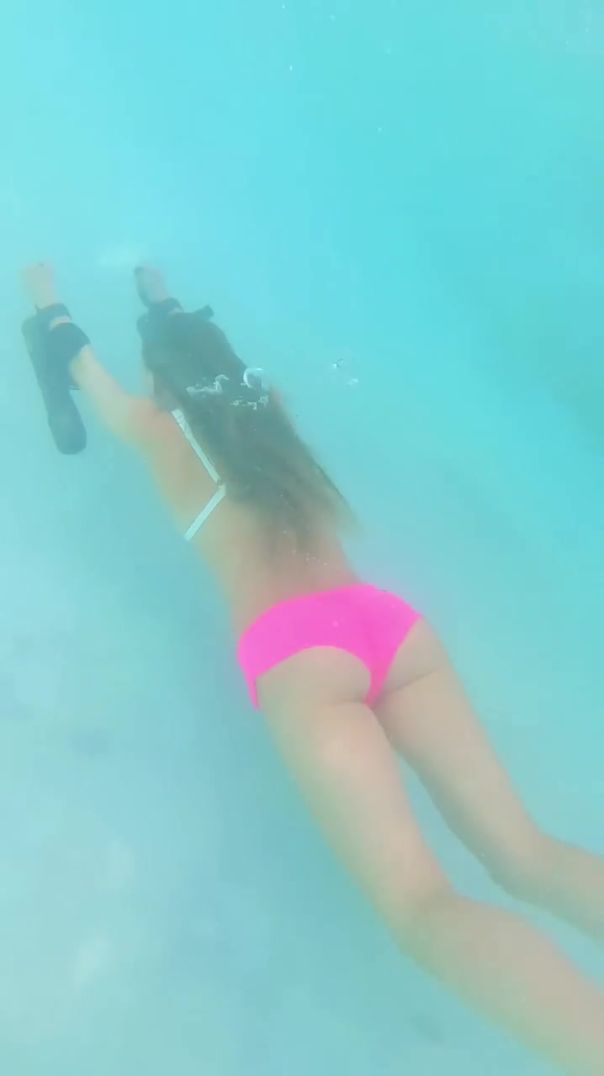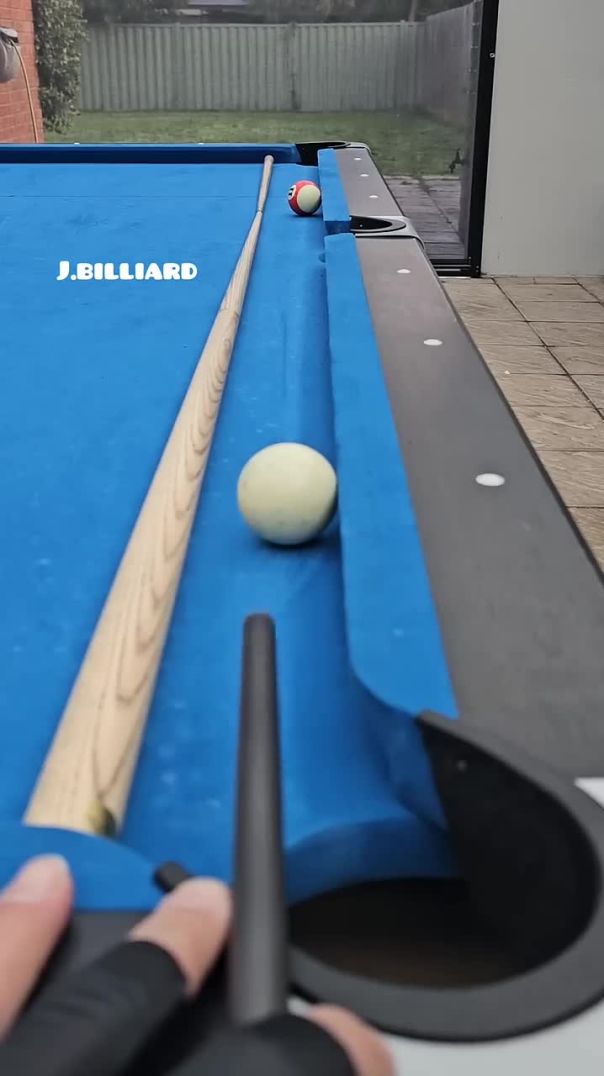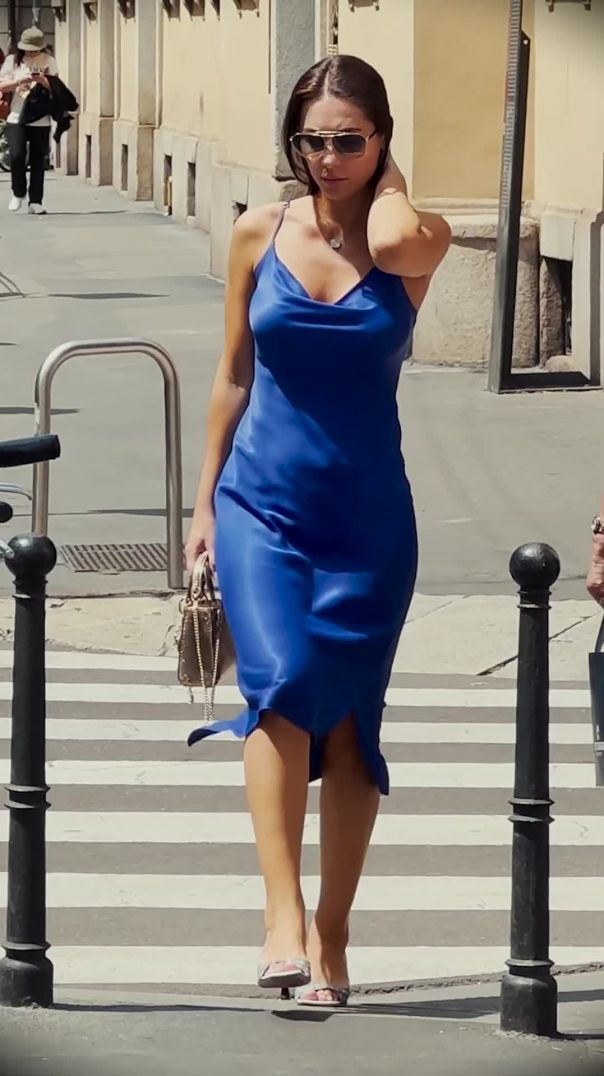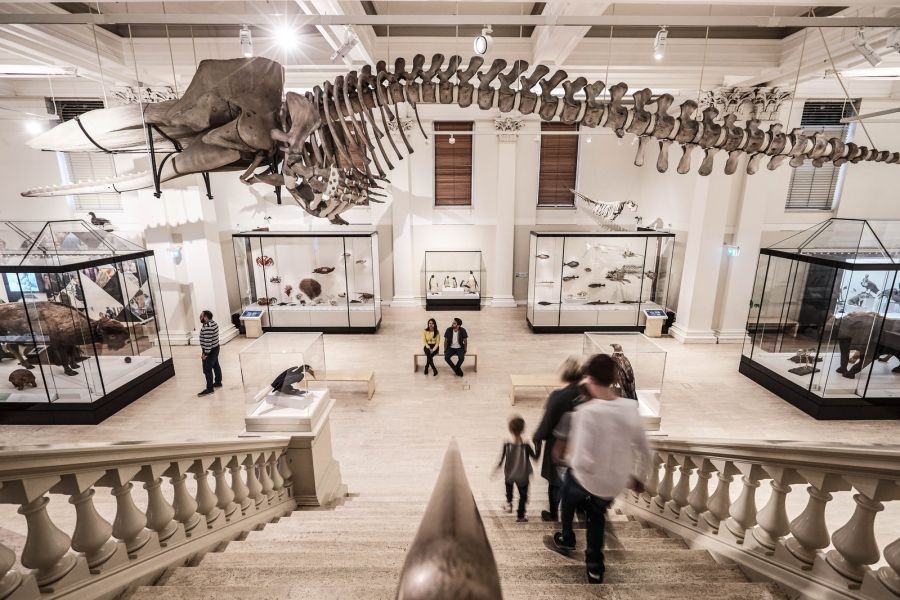New Zealand, with its unique cultural heritage and vibrant arts scene, presents a distinctive perspective when compared to the global art landscape. While Kiwis are no strangers to the rich tapestry of artistic expression, how does their art scene stack up against those of other countries? This comparative analysis delves into New Zealand's art ecosystem, drawing parallels, highlighting unique challenges, and exploring opportunities for growth within the global context.
Understanding New Zealand's Art Scene: A Brief Overview
New Zealand's art scene is characterized by a fusion of indigenous Māori culture and contemporary artistic expressions. The country's art galleries, such as the Auckland Art Gallery and Te Papa Tongarewa, showcase a rich array of artworks that reflect both traditional and modern influences. According to Stats NZ, the creative sector contributes 6.7% to the GDP, highlighting its economic significance. With a focus on sustainability and cultural preservation, New Zealand's art scene is poised for growth, yet it faces unique challenges in gaining international recognition.
Case Study: The Rise of Māori Art
The resurgence of Māori art has played a crucial role in shaping New Zealand's art identity. The revitalization efforts have not only preserved cultural heritage but have also provided economic opportunities for Māori artists. For instance, the Toi Māori Aotearoa (Māori Arts New Zealand) has been instrumental in promoting Māori art internationally, leading to a 35% increase in international sales over the past five years.
Global Art Scenes: A Comparative Analysis
While New Zealand has made significant strides, it is essential to compare its art scene with other countries to understand its position globally.
United States: A Powerhouse of Art
The United States boasts a robust art market, driven by major cities like New York and Los Angeles. With a market size estimated at USD 28 billion in 2023, the U.S. is a leader in art auctions, galleries, and museums. The diversity in artistic styles and the presence of world-renowned institutions like the Museum of Modern Art (MoMA) and the Getty Center contribute to its dynamic art scene.
United Kingdom: A Blend of Tradition and Innovation
The UK's art scene, centered around London, combines traditional art forms with cutting-edge contemporary expressions. The country's rich history and institutions like the British Museum and Tate Modern attract global audiences. In 2023, the UK art market was valued at GBP 13 billion, reflecting its strong presence in the global art economy.
China: An Emerging Art Giant
China's art scene has witnessed exponential growth, with a market size of USD 13.4 billion in 2023. The country's emphasis on cultural heritage and government support for the arts have propelled its rise as a global art hub. Cities like Beijing and Shanghai are home to thriving art districts and prominent art fairs.
Challenges and Opportunities for New Zealand
While New Zealand's art scene is vibrant, it faces several challenges in gaining international recognition:
Geographical Isolation
New Zealand's geographical isolation poses a challenge for artists seeking global exposure. The distance from major art markets in Europe and North America can limit opportunities for international collaborations and exhibitions.
Limited Market Size
The domestic art market in New Zealand is relatively small compared to global counterparts. This limits the potential for high-value art transactions and can hinder the growth of the local art economy.
Opportunities for Growth
- Digital Transformation: Leveraging digital platforms can help New Zealand artists reach global audiences. Online art marketplaces and virtual exhibitions can bridge the geographical gap and provide international exposure.
- Cultural Tourism: New Zealand's unique cultural heritage can be a significant draw for cultural tourism. Promoting art festivals and events can attract international visitors and boost the local economy.
- Government Support: Increased government funding and policies that support the arts can stimulate growth and innovation within the sector. The Ministry for Culture and Heritage's initiatives to promote cultural preservation and artistic expression are steps in the right direction.
Debunking Myths About New Zealand's Art Scene
Several misconceptions exist about New Zealand's art scene, which need to be addressed:
Myth: "New Zealand's art scene is small and insignificant."
Reality: While the market size may be smaller, New Zealand's art scene is rich in cultural diversity and creativity. The country's focus on indigenous art and sustainable practices sets it apart on the global stage.
Myth: "Māori art lacks contemporary relevance."
Reality: Māori art is not only a vital part of New Zealand's heritage but also a dynamic and evolving art form. Contemporary Māori artists are gaining international acclaim, showcasing the relevance and innovation of their work.
Future Trends and Predictions for New Zealand's Art Scene
The future of New Zealand's art scene is promising, with several trends shaping its trajectory:
- Increased Digitalization: The adoption of digital technologies will continue to transform the art landscape. Virtual reality exhibitions and blockchain-based art sales are expected to gain traction.
- Focus on Sustainability: Environmental consciousness will drive sustainable art practices, with artists using eco-friendly materials and techniques.
- Global Collaborations: New Zealand artists will increasingly engage in international collaborations, leveraging global networks to enhance their reach and influence.
Conclusion
New Zealand's art scene, with its unique blend of cultural heritage and contemporary innovation, holds a distinct place in the global art landscape. While challenges exist, opportunities for growth and international recognition abound. By embracing digital transformation, fostering cultural tourism, and supporting government initiatives, New Zealand can continue to elevate its art scene on the world stage. As a management consultant, understanding these dynamics allows for strategic insights into the potential of New Zealand's art sector.
People Also Ask
How does New Zealand's art scene impact its economy? According to Stats NZ, the creative sector contributes 6.7% to New Zealand's GDP, highlighting its economic significance.
What are the biggest misconceptions about New Zealand's art scene? A common myth is that New Zealand's art scene is small and insignificant. However, its rich cultural diversity and creativity offer a unique global perspective.
What are the best strategies for promoting New Zealand's art internationally? Embracing digital platforms, fostering cultural tourism, and supporting government initiatives are key strategies for international promotion.
Related Search Queries
- New Zealand art market trends
- Māori art international recognition
- Art galleries in New Zealand
- Global art market comparison
- Digital transformation in art industry
- New Zealand cultural tourism impact
- Future of art in New Zealand
- Sustainable art practices in NZ
- International collaborations in art
- Government support for NZ art

































RozellaMac
20 days ago